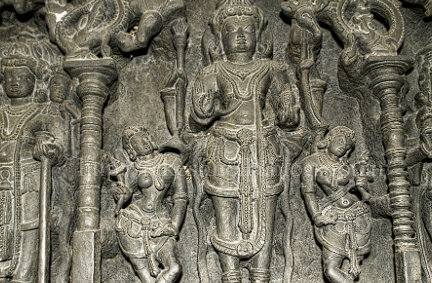Recent archaeological discoveries in Kankal village, Vikarabad district, have revealed three Kannada inscriptions from the Kalyana Chalukya era. The inscriptions date back to the reign of Emperor Someswara-III Bhulokamalladeva, specifically from 1129 to 1132 CE. They document events, including temple construction and donations.
Historical Context of the Kalyana Chalukyas
Inscriptions and Their Significance
Administration and Governance
The Western Chalukya administration was hereditary, with power typically passed to male heirs. The kingdom was divided into regions managed by feudatories like the Hoysala and Kakatiya. This decentralised governance allowed for effective local administration and military organisation.
Art and Architecture
The Kalyana Chalukyas are credited with advancements in architecture, particularly in the Deccan style. Their artistic contributions include the construction of numerous temples, known for their intricate carvings and unique architectural features. Notable examples include the Mallikarjuna temple in Bellary and the Siddeshvara temple in Haveri.
Literary Contributions
The Kalyana Chalukyas played a vital role in the development of Kannada and Telugu literature. Their patronage of poets and scholars encourageed a rich literary culture during their reign. This period is often regarded as a golden age for literature in the region.
Decline of the Kalyana Chalukyas
The decline of the Kalyana Chalukyas began after the death of Vikramaditya VI in 1126. Continuous conflicts with the Chola dynasty weakened their power. Subsequent rulers faced rebellions from feudatories, leading to the eventual disintegration of the empire.

Leave a Reply